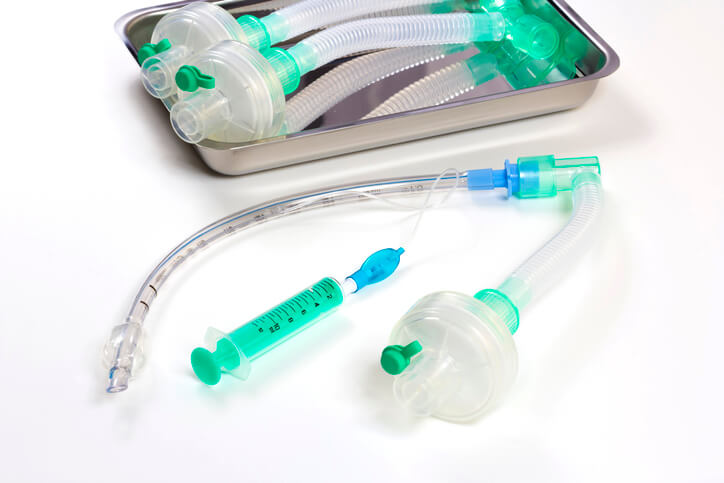
Pediatric intubation is a frightening scenario for a parent. Thanks in part to differences in children’s airway anatomy, they are more vulnerable to respiratory distress. Your agency must offer regular training on pediatric intubation because the pediatric airway is smaller, more difficult to access, and more susceptible to injury. Knowledge is no substitute for experience, so take every opportunity to practice pediatric intubation.
Here’s a quick overview of the process.
Know When to Intubate
Delaying intubation can exacerbate complications, so first responders should not hesitate to intubate a pediatric patient when they notice indications such as:
- An upper airway obstruction caused by choking, aspiration, or anaphylaxis.
- The need for mechanical ventilation.
- A pediatric patient who is unable to clear their airway and who shows signs of respiratory distress.
It may also be necessary to intubate a patient to administer certain medications or as part of certain dental and medical procedures.
Prepare the Child and Parent
Intubation is frightening, especially to a child who is already experiencing a medical emergency. Young children may not be able to fully understand what is happening, so explain things in terms they can understand: “I need to use this tube to help you breathe. It might feel funny or scary, but it will help you feel better. If you can be still, it will be easier.”
If there is time, explain to parents why intubation is necessary, and encourage them to keep their child calm by controlling their anxiety. Young children are typically calmer when a calm parent can comfort them or hold their hand, so if it is safe to do so, encourage the parent to hold the child’s hand or offer another comfort. If the parent cannot safely get near the child, encourage the parent to offer verbal reassurance.
Intubate the Patient
While a truly difficult airway in a pediatric patient is rare, because of the size and shape of pediatric airways, inexperienced first responders may perceive it as difficult. The pediatric airway is narrower and shorter than the adult airway, with a proportionally larger tongue, a floppy epiglottis, and a more anteriorly located larynx. Ensure you can see the airway before beginning an intubation procedure.
Neonates and infants tend to have the most difficult airways. If you are intubating a very young patient, you can estimate the right endotracheal tube size based on the infant’s weight as follows:
- 1 kilogram (2.2 lbs.): 2.5 cm endotracheal tube; 7 cm depth of insertion
- 2 kilograms (4.4 lbs): 3.0 cm endotracheal tube; 8 cm depth of insertion
- 3 kilograms (6.6 lbs): 3.5 cm endotracheal tube; 9 cm depth of insertion
Add 1cm to the depth of insertion and 0.5cm in endotracheal tube diameter for each additional kilogram (2.2 lbs) of weight.
Once you have selected the right equipment and visualized the airway, the intubation procedure is substantially similar to the procedure with older patients, with greater emphasis on monitoring the patient and actively preventing hypoxia.
If you are suctioning the patient:
- Be sure to preoxygenate.
- As with other patients, do not suction longer than a few seconds.
- If you must withdraw the tube and re-suction, preoxygenate again.
Monitor the patient for signs of hypoxia or respiratory distress and observe their mental state throughout the procedure.
Use the Right Equipment
The right equipment makes a difference during any intubation procedure, but this is especially true when intubating vulnerable children and neonates. You need a device that can deliver consistent and reliable suction. Portable emergency suction allows you to treat the patient wherever they are, rather than subject a child to the trauma of being stabilized and moved.
SSCOR’s portable emergency suction machines are compatible with a wide range of attachments and offer reliable suction that can save children’s lives and reduce the risk of error. For help selecting the right machine or machines for your agency, download our free guide.
Editor's Note: This blog was originally posted in October of 2022 and has since been updated with newer content.















